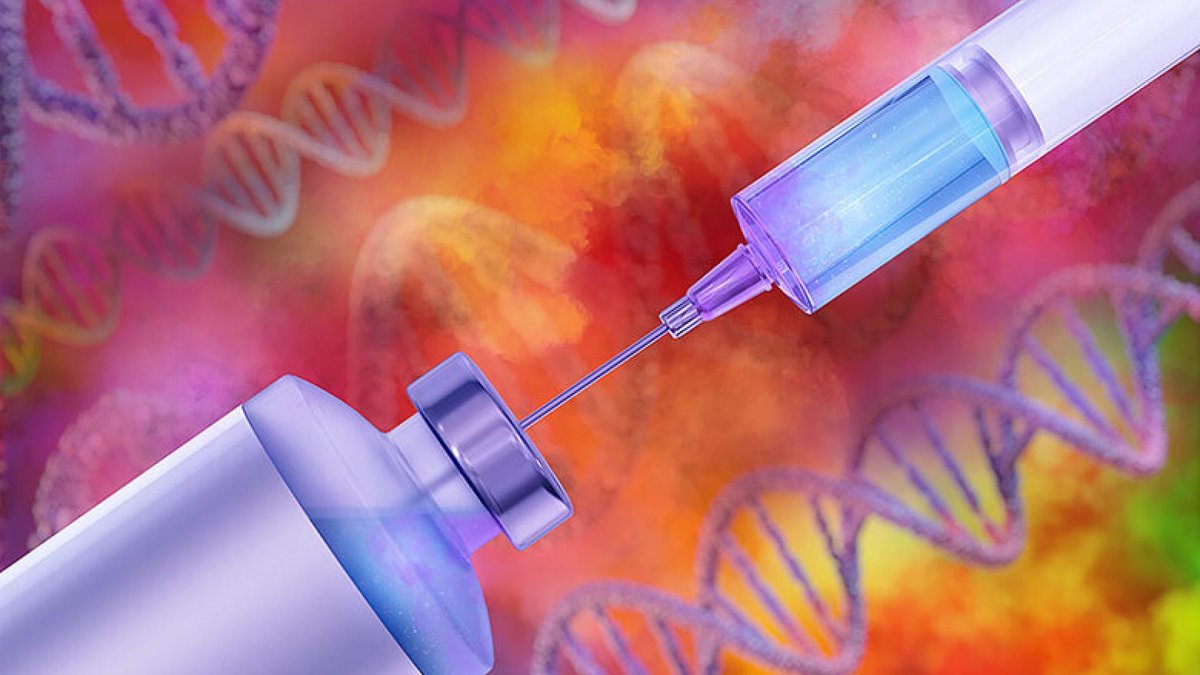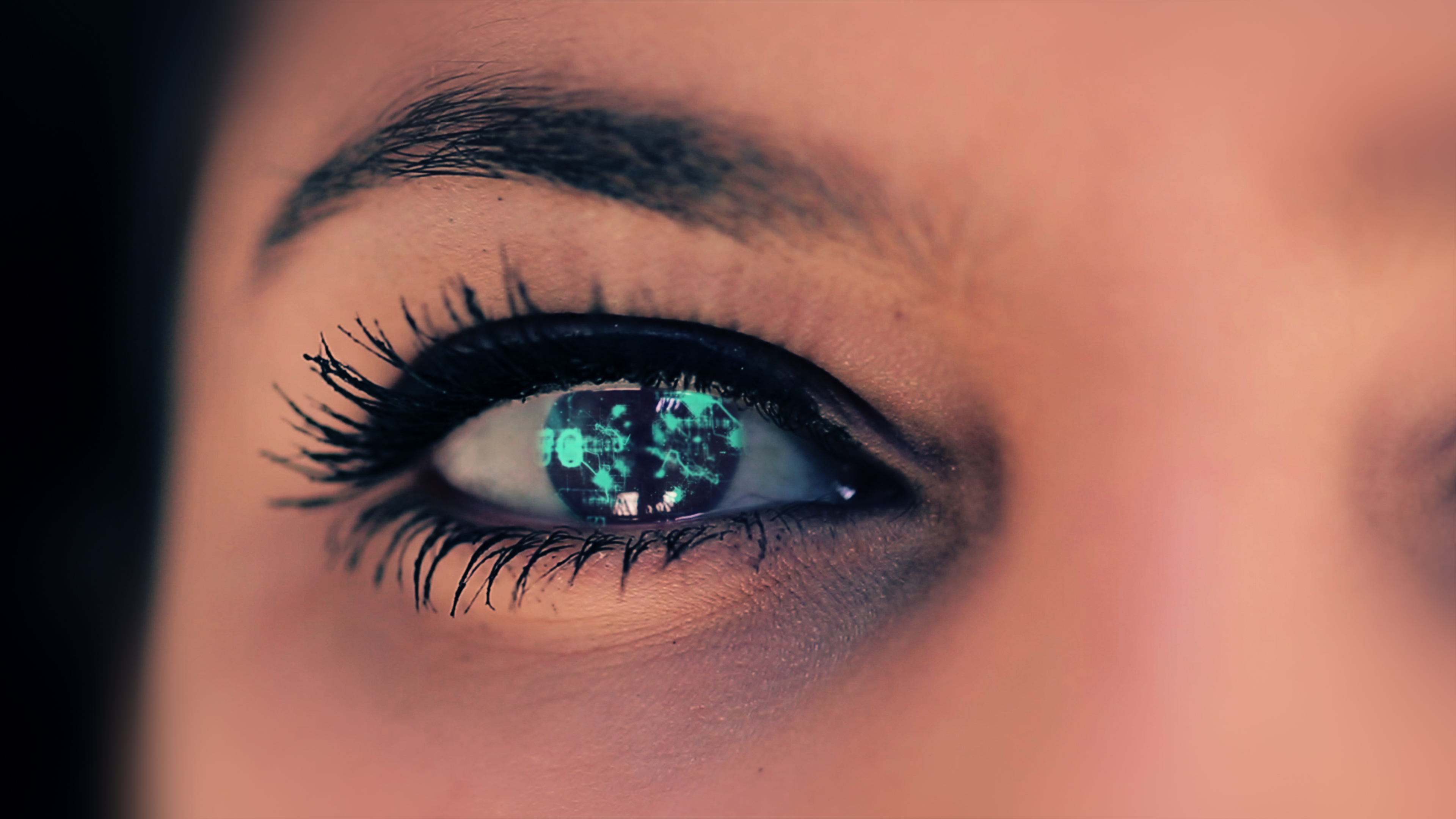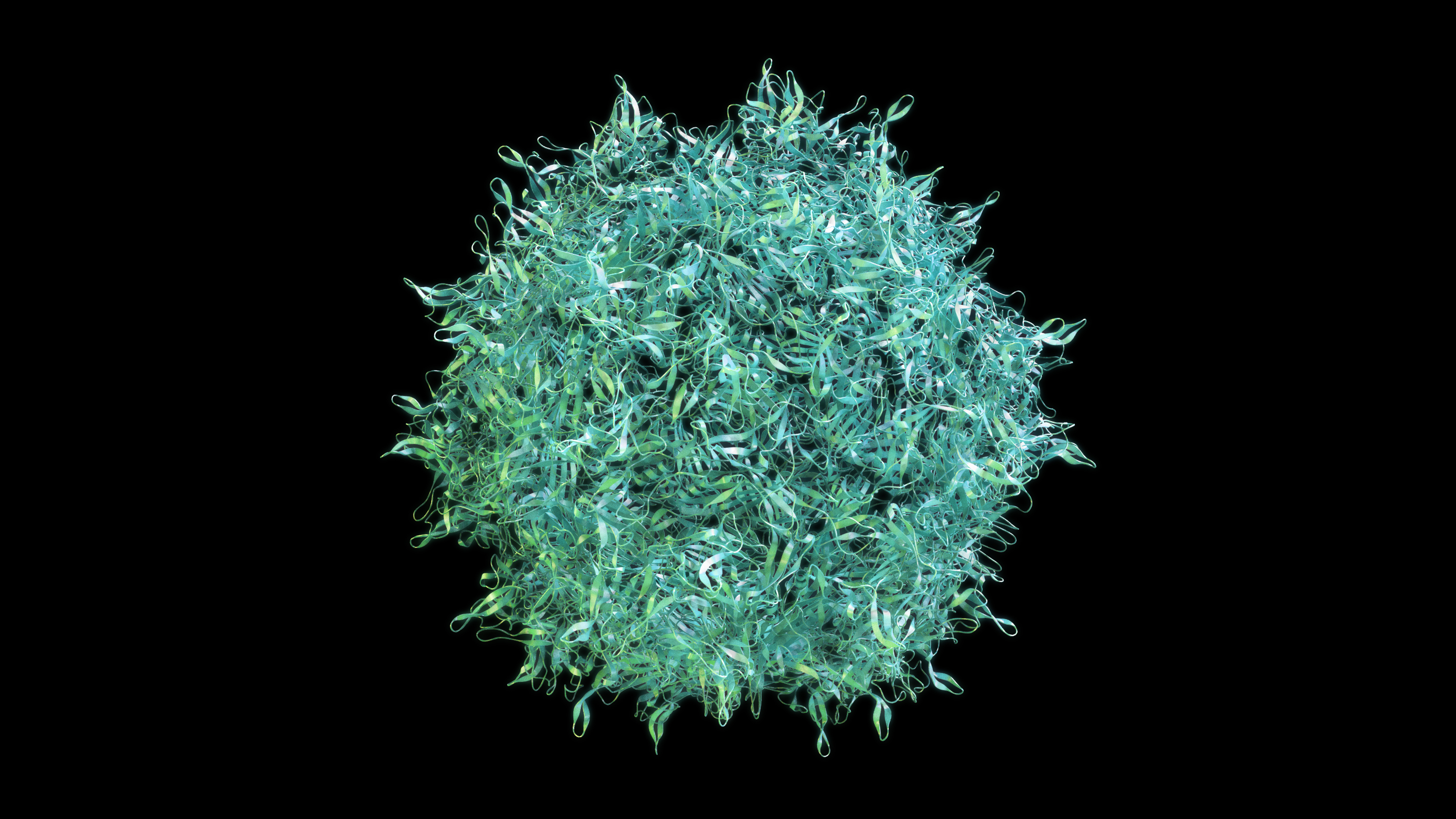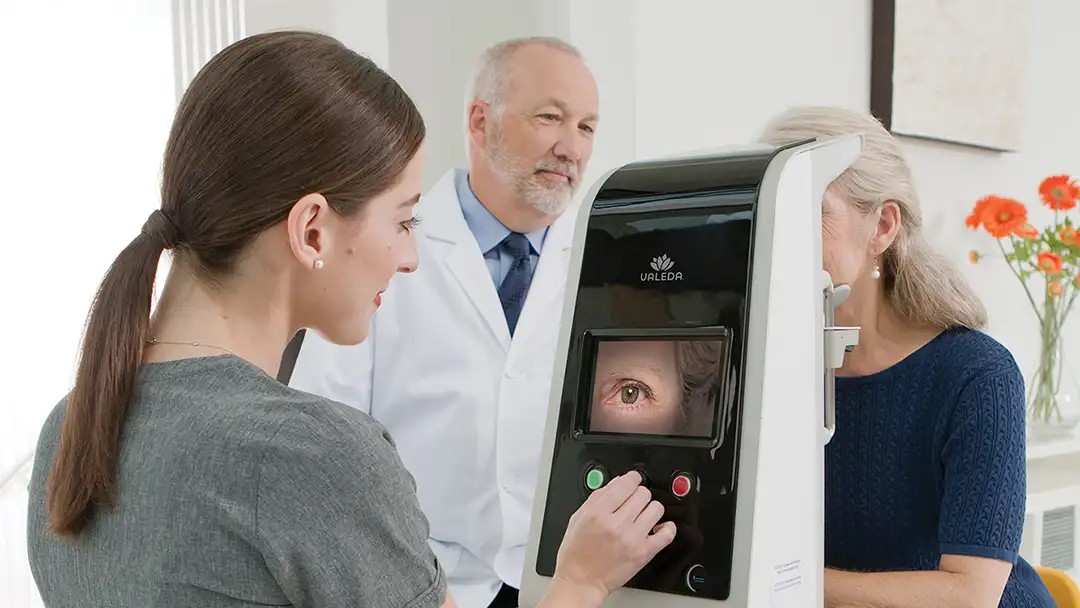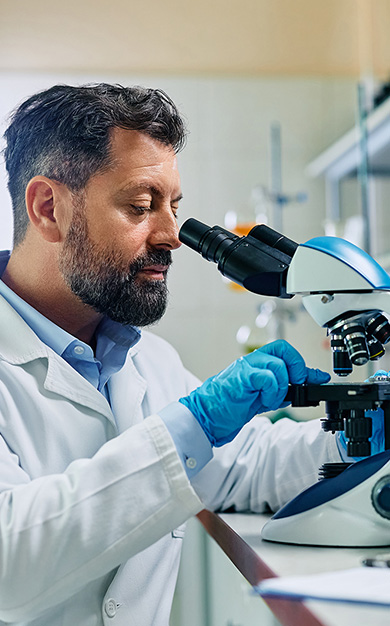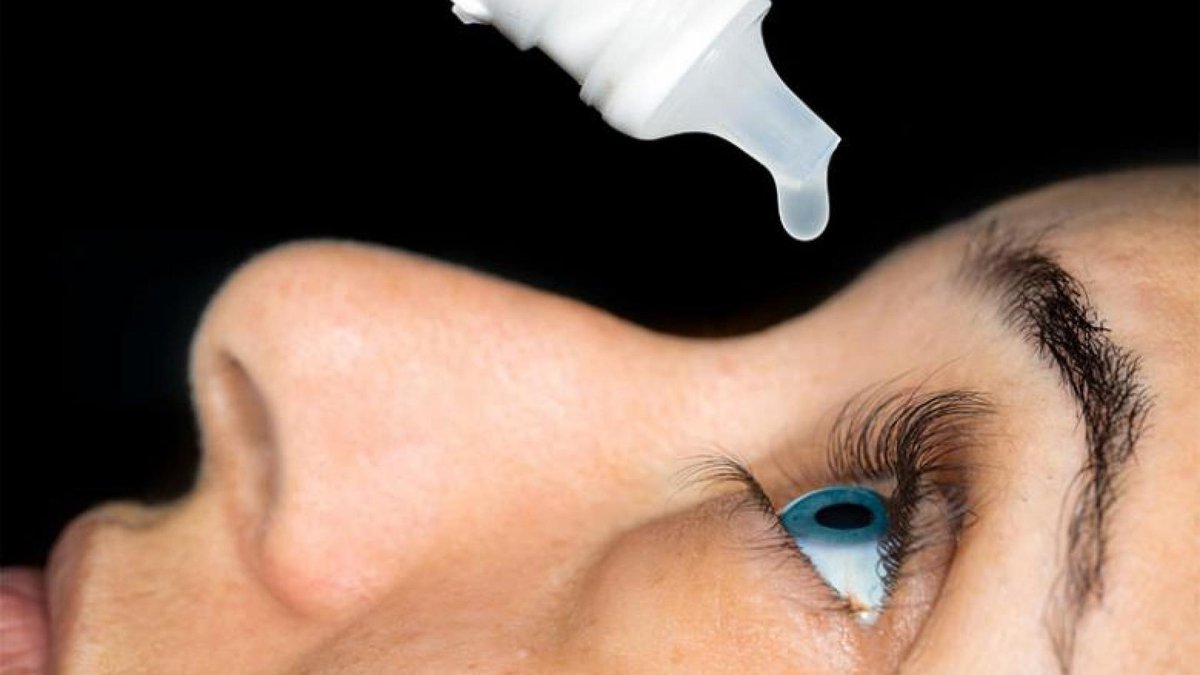
Dry eye and dry age-related macular degeneration are two conditions that occur more frequently as people age. This article discusses the causes and treatments for dry eye, and whether the condition is related to dry AMD.
What is Dry Eye?
Dry eye develops when the tear film covering the front of the eye dries out.
It occurs most often in the winter, when the air is dry. It can also occur in summer, when a car air conditioner is blowing lots of air into the eyes, causing tear evaporation. This can be uncomfortable, causing a burning sensation and temporarily blurred vision.
The burning sensation in dry eye is caused by stimulation of nerves in the cornea, which are “unhappy” because the cornea needs the tear film for nourishment, lubrication, and anti-microbial defense. This stimulation will sometimes cause a reflexive flood of tears, causing the dry eye patient to temporarily have very wet eyes!
Video: Dry Eye Overview
What is Age-Related Macular Degeneration (AMD)?
There are two forms of age-related macular degeneration: wet AMD and dry AMD.
Wet AMD
Patients with wet AMD have new blood vessels that grow into the retina, which is in the back of the eye. These vessels can leak and bleed, causing problems. The leakage can often be stopped by intraocular injections of brolucizumab (Beovu®), ranibizumab (Lucenti®), aflibercept (Eylea®), or bevacizumab (Avastin®).
Dry AMD
In contrast, patients with dry AMD have deposits in the retina, called drusen, which contain proteins and lipids (naturally occurring molecules that include fats). Sometimes, the drusen causes atrophy (death of some retinal cells). Dry AMD is a completely different condition from dry eye.
Causes of Dry Eye
Dry eye can have a number of different causes. One is inadequate production of the watery component of tears. Another cause is blockage of the tiny meibomian glands in the eyelids that produce lipids needed to coat the tears and delay their evaporation. A third is inflammation of the ocular surface.
The extreme case of inflammation-associated dry eye is caused by an auto-immune disease called Sjogren’s. Inflammation contributes to dry eye in at least 20 percent of patients, and they may be helped with anti-inflammatory eye drops. Dry eye can also be caused by LASIK surgery, medications for anxiety, Parkinson’s disease, and high blood pressure or by antihistamines, decongestants, antidepressants, and hormone replacement therapy.
Treatment for Dry Eye
Some people develop clogged meibomian glands, which produce an oily substance that prevents evaporation of the eye’s tear film. Using a warm, wet washcloth applied to the eyelids for five minutes twice a day can be helpful. Oral doxycycline might also be prescribed by an ophthalmologist to loosen the secretions that are clogging the glands.
Artificial tears can provide temporary relief. The ones that come in single-dose vials are best because they do not contain potentially irritating preservatives, but they are expensive. Alternatively, many patients like the multi-dose droppers. Artificial tears come in different levels of thickness, with the thicker ones providing longer-lasting relief but blurring the vision initially. The thicker versions, such as gels or ointments, are best used immediately before bedtime.
Another treatment for dry eye is to block the tiny drains that remove tears from the surface of the eye. These four drains, called puncta, are located in the corners of the eyelids near the nose. They can be blocked temporarily with silicone plugs or permanently closed with an in-office procedure.
In summary, treatments for dry eye include:
- Warm, wet washcloth applied to eyelids
- Medication such as doxycycline
- “Artificial tears” eye drops
- Temporary silicone plugs to block puncta
- In-office treatment to permanently block puncta
Is There a Connection Between Dry AMD and Dry Eye?
While dry eye is common and can be quite annoying, it fortunately has no connection to dry AMD. There is no evidence that patients with dry eye have an increased risk of dry AMD or vice versa, although people may have both of these conditions, which are more common in people aged 50 and older. Learn about treatments for dry macular degeneration.
About BrightFocus Foundation
BrightFocus Foundation is a premier global nonprofit funder of research to defeat Alzheimer’s, macular degeneration, and glaucoma. Since its inception more than 50 years ago, BrightFocus and its flagship research programs—Alzheimer’s Disease Research, Macular Degeneration Research, and National Glaucoma Research—has awarded more than $300 million in research grants to scientists around the world, catalyzing thousands of scientific breakthroughs, life-enhancing treatments, and diagnostic tools. We also share the latest research findings, expert information, and resources to empower the millions impacted by these devastating diseases. Learn more at brightfocus.org.
Disclaimer: The information provided here is a public service of BrightFocus Foundation and is not intended to constitute medical advice. Please consult your physician for personalized medical, dietary, and/or exercise advice. Any medications or supplements should only be taken under medical supervision. BrightFocus Foundation does not endorse any medical products or therapies.
- Eye Health



